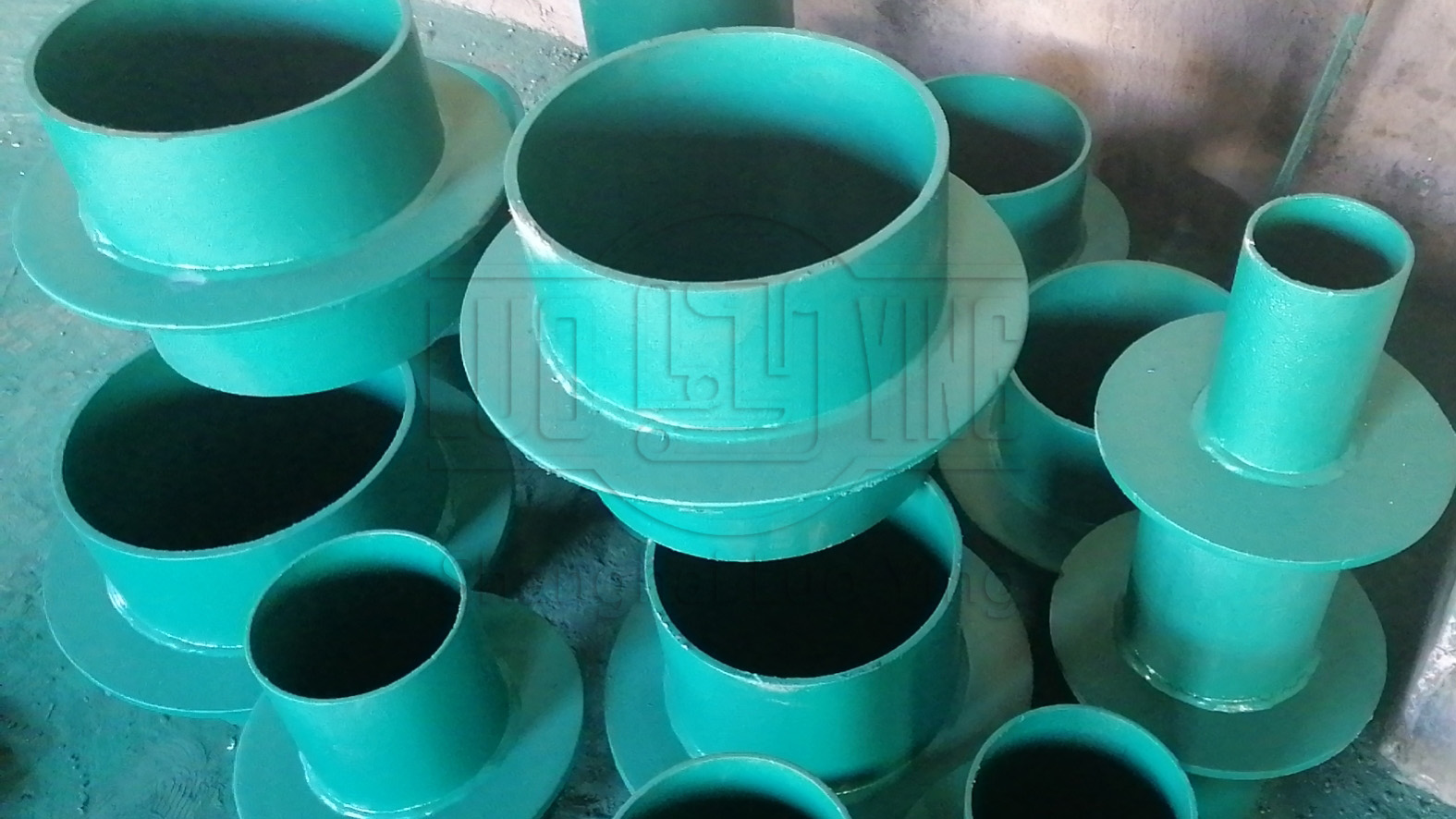How to use flexible waterproof casing at low temperature
May-23-24
How to use flexible waterproof casing at low temperatureWhen using low-temperature waterproof casing in cold areas, the waterproof casing should be sealed as much as possible. When waterproof casing is used in low temperature pipeline, it can ensure the pressure inside the pipeline and prevent the pipeline from freezing. Generally underground pipeline laying, waterproof casing will occur in winter. Local condensation phenomenon needs to loosen the pressure plate bolt of waterproof casing to avoid the rupture of the expansion pipeline. City water supply, drainage, heating, gas supply pipelines and long-distance oil and gas pipelines are mostly laid underground, and most of the process pipelines in factories are laid on the ground for easy operation and maintenance. The smooth flow, support, slope and drainage, compensation, insulation and heating, anti-corrosion and cleaning, marking, painting and safety of pipelines, whether laid above ground or underground, are important issues.
General surface pipelines should try to avoid intersections with roads, railroads and waterways. When the intersection can not be avoided, the height of the intersection span should also be able to make pedestrians, cars and boats safe passage. Underground pipelines are generally laid along roads, and appropriate distances are maintained between various pipelines to facilitate installation and maintenance. Heating pipeline surface with insulation layer, laid in the trench or protection pipe. It should be prevented from being crushed by soil while the pipe swells and moves, and planting waterproof sleeves inside these pipes is the best choice.


